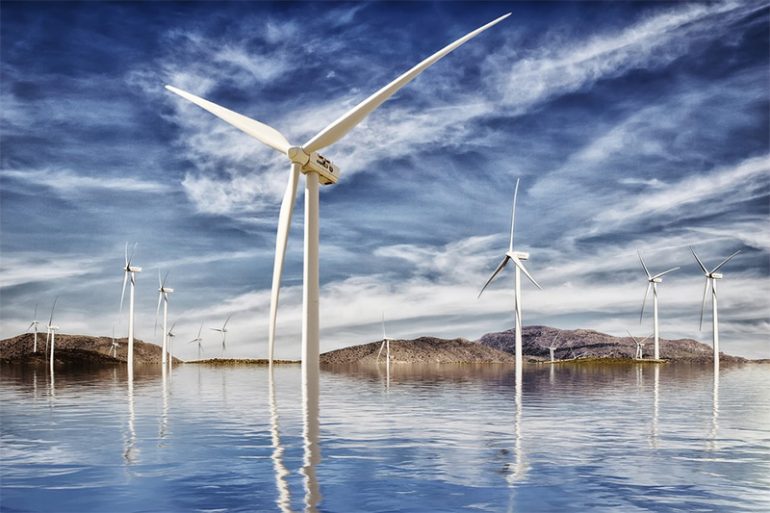What is Environmental Art?
Environmental art refers to any art that is highly associated with ecological matters and anything in the context of what’s ‘natural,’ just like in the realm of biomimicry. It is said that this movement started in the late 1960s. It was more linked with sculptures and land arts. At this juncture, this kind of art combines various media and is not solely limited to the soil or natural things as medium. It is likewise referred to as green art or sustainable art. It is widely utilized to recognize and create awareness to the many challenges faced by contemporary arts.
The Inception
In 1969, an artist called Robert Smithson created a masterpiece he called as the ‘Spiral Jetty. It is made to help raise awareness on recycling. As he created this particular piece, he made use of a bulldozer to scrape the land for art’s sake. He used all of his ecological materials on site and made the art without causing any harm to the environment, being the ecological artist that he is.

What is Eco Art?
Eco art is highly associated with environmental art. It includes the goal of creating awareness for the environment with the aid of using natural mediums and creating art pieces in natural setting.
One of the biggest and most popular pieces of eco art was made by an artist named Joseph Beuys in the mid 1982 and he called it as ‘7000 Oaks.’ He, together with his assistants planted some 7,000 oak trees in Kassel at that time. This is done with a goal of creating awareness on the status of the declining environment in their place.
The other famous eco artists include the likes of John Wolseley, Patrice Stellest, and Rosalie Gascoigne. Another artist known by the name of Erwin Timmers used the least recycled and neglected materials such as broken glasses from windows.
Renewable Energy Movement
One of the latest additions to eco and environmental art is the so-called renewable energy movement. Due to the massive issues surrounding renewable energy and the ecology as a whole, a lot of artists are turning to this form of art for public attention. Many sculptures and architectures, are referred to as part of this art form. However, the ecologically aware artists needed their work to create power from all renewable sources. This in turn could be from tidal, solar, wind, or hydroelectric sources.
These sculptures are all certified power generators and art forms which work as a way of informing the public of its value and importance. Artist Julian Scapp worked with some wind turbines and made it a public artwork. His popular Carbon Sink sculpture are used as public art up to now, and they are in turn used to capture carbon and store them in a way to help save the environment.
Final Words
Environmental art and eco art are more prestigious now than ever, with the many problems our environment is faced with, and the widespread pandemic; undeniably, the environment is worth saving now more than anything else. As more artists embrace the environment and becoming more conscious of their surroundings, the masterpiece is shown as both an inspiration and art expression with an end to inform the public of its dwindling state.
Photo Attribution:
1st and featured image from https://pixabay.com/photos/park-wind-farm-energy-sky-wind-3820819/
2nd image from https://pixabay.com/photos/agriculture-rice-plantation-thailand-1807581/
